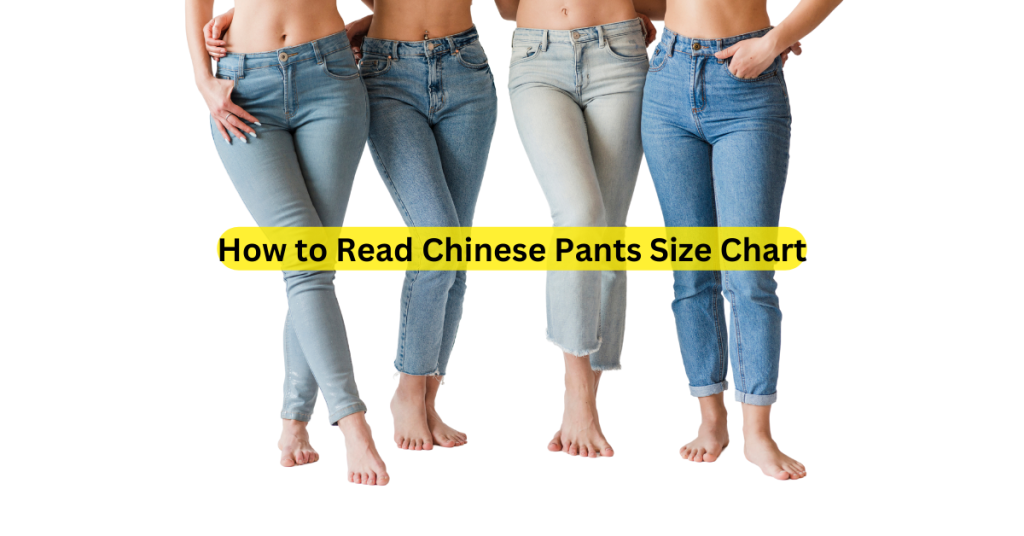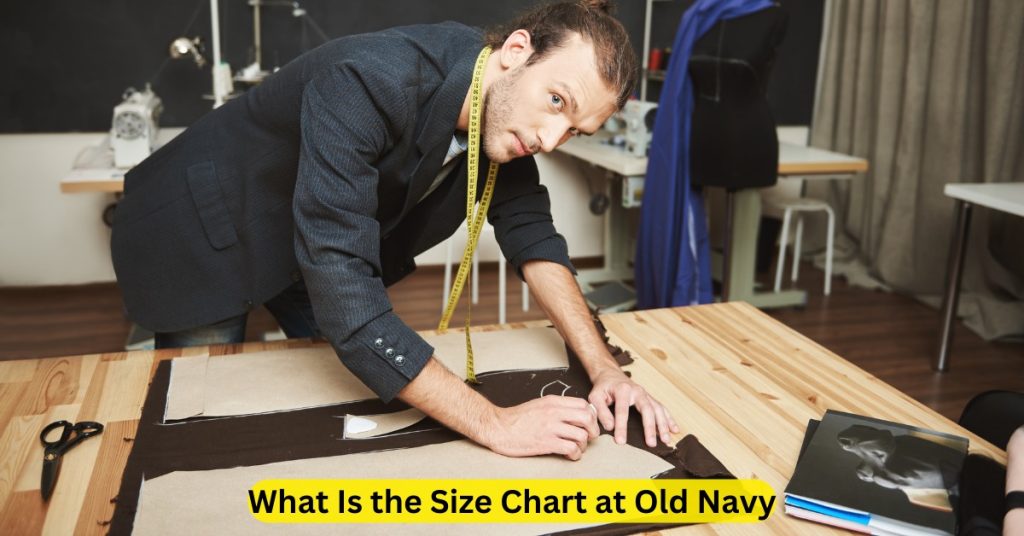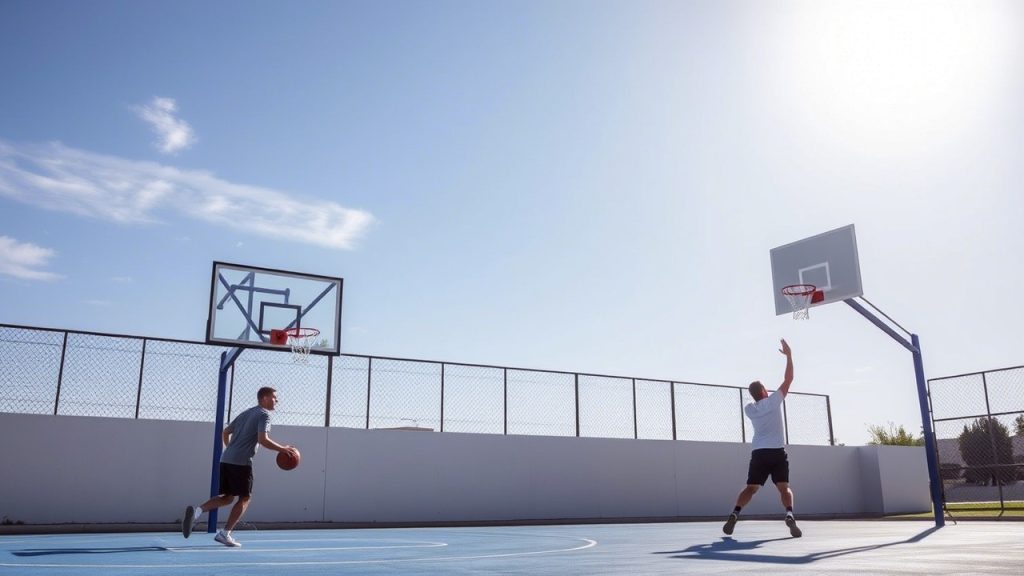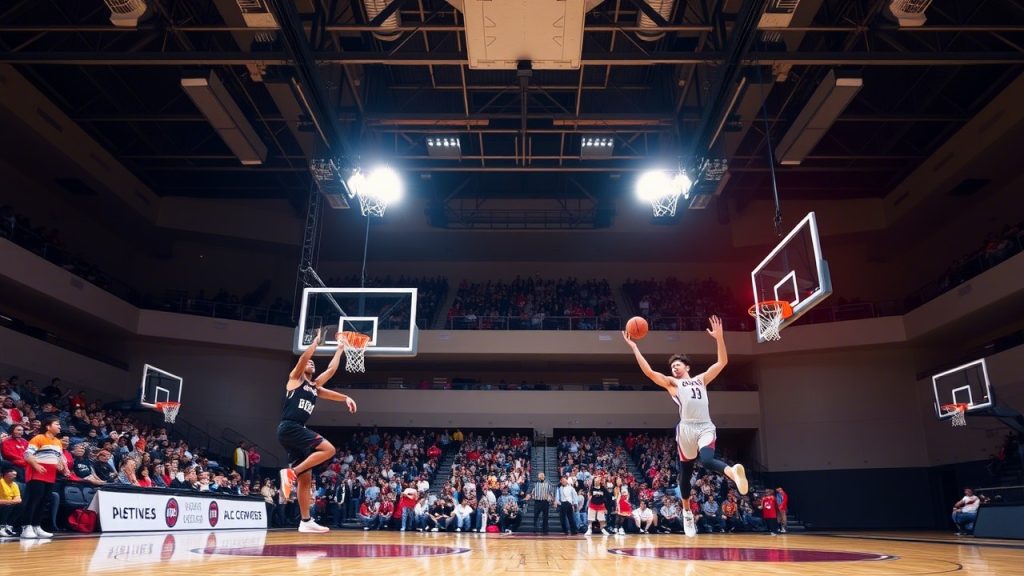When it comes to skiing, the right fit for your ski boots is crucial for both comfort and performance. While ski boots should be snug to provide the necessary control, over-tightening them can lead to discomfort, pain, and even poor circulation. Finding the right balance between a secure fit and comfort is essential to ensuring you can ski effectively while maintaining your endurance.
We’ll explore 15 Best Ski Boot Size Chart Ideas to Avoid Over-tightening. We’ll guide you through the process of finding the right boot size, discuss the importance of proper fit, and offer solutions to prevent over-tightening. We’ll also answer common questions that skiers have about boot sizing and fit to help you make an informed decision.
Why Proper Ski Boot Fit is Essential
Before we dive into the specifics of sizing charts, it’s important to understand why the right fit matters. Ski boots are one of the most critical pieces of equipment when it comes to your performance on the slopes. Boots that are too loose can lead to poor control, instability, and fatigue, while boots that are over-tightened can cause unnecessary pressure, restricting circulation and causing discomfort.
Properly fitting ski boots offer:
- Better control: A well-fitted boot helps you maintain precise control over your skis, especially when carving or making quick turns.
- Enhanced comfort: The right fit allows you to ski for longer periods without experiencing pain or discomfort.
- Improved performance: When your boots are neither too tight nor too loose, your legs will feel less fatigue, allowing you to ski harder and longer.
Now, let’s explore 15 of the best ski boot size chart ideas to help you find the ideal size and avoid the temptation to over-tighten your boots.
15 Best Ski Boot Size Chart Ideas to Avoid Over-tightening
1. The Mondopoint Size Chart
The Mondopoint sizing system is the most accurate and universally used system for ski boots. It measures the length of your foot in millimeters and provides a more precise fit compared to other shoe size systems.
How to use it:
- Measure the length of your foot in millimeters from heel to toe.
- Choose a ski boot size that matches the length of your foot in Mondopoint.
| Foot Length (mm) | Mondopoint Size |
|---|---|
| 250 mm | 25.0 |
| 260 mm | 26.0 |
| 270 mm | 27.0 |
| 280 mm | 28.0 |
| 290 mm | 29.0 |
Using Mondopoint sizing ensures your boots are neither too tight nor too loose, making it easier to avoid over-tightening.
2. U.S. Shoe Size to Ski Boot Size Conversion Chart
If you are more familiar with U.S. shoe sizes, you can convert your standard shoe size to a ski boot size. However, it’s important to note that shoe size conversions are less accurate than Mondopoint sizing.
| US Men’s Size | European Size | Mondopoint Size |
|---|---|---|
| 6 | 39 | 24.5 |
| 7 | 40 | 25.0 |
| 8 | 41 | 26.0 |
| 9 | 42 | 27.0 |
| 10 | 43 | 28.0 |
This chart is helpful when you need a quick reference but should always be followed up with a try-on to ensure the proper fit.
3. Ski Boot Width and Volume Chart
Ski boots come in different widths (narrow, medium, and wide) to accommodate different foot shapes. If you have wide feet, for example, a medium-width boot might feel tight, leading you to over-tighten the boots in an attempt to secure a better fit.
| Foot Width (mm) | Boot Width Type | Fit Category |
|---|---|---|
| 97-98 mm | Narrow (98mm) | Narrow Fit |
| 99-100 mm | Medium (100mm) | Standard Fit |
| 101-102 mm | Wide (102mm) | Wide Fit |
Choosing the correct boot width is crucial. Boots that are too narrow will cause you to tighten them excessively, leading to discomfort, while boots that are too wide won’t offer enough support.
4. The Flex Rating Chart
The flex rating of a ski boot determines its stiffness. If the flex rating is too high for your skiing ability, you may feel the need to over-tighten your boots to compensate for the lack of responsiveness. On the other hand, if the flex rating is too low, you may struggle with control.
| Flex Rating | Skiing Ability | Best For |
|---|---|---|
| 60-80 | Beginner | Comfort & Ease |
| 80-100 | Intermediate | All-around skiing |
| 100-120 | Advanced | Precision & Control |
| 120+ | Expert | Aggressive skiing |
For beginners, lower flex ratings (60-80) are ideal, while more experienced skiers may prefer stiffer boots.
5. Shell Size Adjustment Chart
Some ski boots feature shell designs that allow for slight adjustments to accommodate foot volume. These can help avoid the need for over-tightening by providing a better fit without compromising circulation.
| Adjustment Type | Solution |
|---|---|
| Heel Lifts | Adjust to fit your ankle and foot shape |
| Footbed Modifications | Customize footbed for better support |
Consulting a professional boot fitter can help you make these small adjustments to improve the fit.
6. Heat-Moldable Liner Chart
Many modern ski boots come with heat-moldable liners, which can be customized to your foot’s exact shape. This reduces the likelihood of over-tightening as the boot will fit more snugly without applying excessive pressure.
| Liner Type | Benefits |
|---|---|
| Custom-fit Liners | Molds to foot shape |
| Standard Liners | Offers a basic fit |
If you find that your boots feel tight in certain areas, consider getting heat-molded liners to improve comfort and prevent the need for over-tightening.

7. Ski Boot Sizing for Women
Women’s ski boots are often designed with a narrower fit and a softer flex compared to men’s boots. This allows for more comfort and better control, reducing the temptation to over-tighten.
| Women’s Foot Size | Mondopoint Size |
|---|---|
| 5.5 | 23.5 |
| 6.5 | 24.5 |
| 7.5 | 25.5 |
| 8.5 | 26.5 |
| 9.5 | 27.5 |
Choose women-specific boots for a better fit, as these will be more comfortable and help you avoid over-tightening.
8. Ski Boot Sizing for Children
Children’s ski boots are designed to be easy to adjust. Ensuring they have the right size from the start can prevent the need to over-tighten. Boots with adjustable features, such as micro-adjust buckles, help maintain comfort.
| US Size (Children) | Mondopoint Size |
|---|---|
| 11.5 | 19.0 |
| 12.5 | 20.0 |
| 13.5 | 21.0 |
| 1.5 | 22.0 |
| 2.5 | 23.0 |
For children, opt for boots that grow with them, so you don’t have to tighten them excessively to compensate for a poor fit.
9. Ski Boot Insole and Footbed Chart
Ski boot insoles and footbeds can significantly affect how tight your boots feel. Custom footbeds can help distribute pressure more evenly, reducing the need for over-tightening.
| Insole Type | Benefits |
|---|---|
| Custom Footbeds | Better fit and comfort |
| Standard Footbeds | Adequate but less support |
Investing in custom footbeds can help you avoid unnecessary pressure and over-tightening.
10. Ski Boot Sizing Adjustment for Different Ski Types
Different skiing styles require different types of boots. A boot designed for aggressive skiing will require a tighter fit for control, but it shouldn’t feel over-tight. Make sure you choose a boot suitable for your skiing style to avoid over-tightening.
| Ski Type | Boot Features | Ideal Fit |
|---|---|---|
| Alpine Skiing | Stiff boots with precise fit | Secure but not too tight |
| Freestyle Skiing | Lighter boots for mobility | Comfort and flexibility |
| Backcountry Skiing | Flexible boots for hiking and skiing | Snug but comfortable fit |
11. Ski Boot Fit Guide for Different Foot Shapes
People have different foot shapes, and ski boot sizing charts can guide you toward boots that accommodate your foot shape. A boot designed for your specific foot type can prevent the need for over-tightening.
| Foot Shape | Boot Type | Features |
|---|---|---|
| High Arch | Low-volume boot | Better arch support |
| Flat Foot | High-volume boot | More space and flexibility |
| Narrow Foot | Narrow-fit boot | Snugger fit and secure heel hold |
12. Adjusting Boot Buckles for Optimal Fit
Properly adjusted buckles prevent the need for over-tightening. If the boots are feeling too tight, try loosening individual buckles around the forefoot and shin to relieve pressure.
| Buckle Type | Adjustment Solution |
|---|---|
| Powerstrap Buckles | Adjust for tighter fit and control |
| Micro-adjust Buckles | Fine-tune tightness for comfort |
13. The Toe Box Fit Chart
Ensure that the toe box has enough room to allow for natural toe movement. If your boots are too tight around the toes, it can lead to pressure and discomfort. A boot with a proper toe box fit reduces the need for over-tightening.
| Toe Box Shape | Fit Category |
|---|---|
| Rounded Toe | Regular fit |
| Square Toe | More spacious fit |
14. Ski Boot Fit for Longer Runs
If you’re planning for longer runs, comfort is key. Choose ski boots with a balanced fit, not too tight, but snug enough to provide good control throughout the day.
| Boot Features | Benefits |
|---|---|
| Flex Zones | Reduces fatigue |
| Adjustable Liner | Increases comfort on long runs |
15. Professional Boot Fitting Services
If you’re still unsure about sizing, professional boot fitting services are available at most ski shops. A boot fitter will ensure you get the best fit, reducing the need for over-tightening.
Frequently Asked Questions
- How do I know if my ski boots are too tight? You should feel snugness around the foot and ankle, but there should be no pain, numbness, or excessive pressure, especially around the toes or heels.
- What happens if my ski boots are over-tightened? Over-tightening can lead to reduced circulation, numbness, pain, and discomfort, making it difficult to ski effectively and for longer periods.
- Can ski boots stretch over time? While the boots won’t stretch significantly, heat-moldable liners can adapt to your foot, offering a more customized fit.
- How tight should my ski boots be? Your boots should be snug around the foot, with a secure fit at the heel, but your toes should not be cramped. A comfortable snug fit will enhance your control and comfort.
- Can I adjust the tightness of my ski boot? Yes, most ski boots have adjustable buckles and straps. You can loosen or tighten these as needed for optimal comfort and control.
- What should I do if my ski boots cause pain? If you experience pain, check for proper sizing, and ensure there are no pressure points. Consider getting custom insoles or consulting a professional boot fitter.
- Are custom ski boots worth it? Custom ski boots can provide a more personalized fit, which can help with comfort and performance, particularly for those who ski frequently or have unique foot shapes.
- How often should I replace my ski boots? It’s recommended to replace your ski boots every 5-10 years, or sooner if they show significant signs of wear.
- What’s the best way to prevent foot fatigue during skiing? Choose ski boots that fit well, have proper cushioning, and offer good arch support to prevent foot fatigue and ensure a comfortable ski day.
Conclusion
A great pair of ski boots can make a world of difference when it comes to both performance and comfort on the slopes. Using the 15 Best Ski Boot Size Chart Ideas to Avoid Over-tightening can help you find the perfect boot size and fit, ensuring that your boots support you throughout your skiing adventures without causing discomfort.
By taking the time to get your sizing right, you can avoid the common pitfalls of over-tightening and experience a more enjoyable skiing experience with better endurance. Happy skiing!





